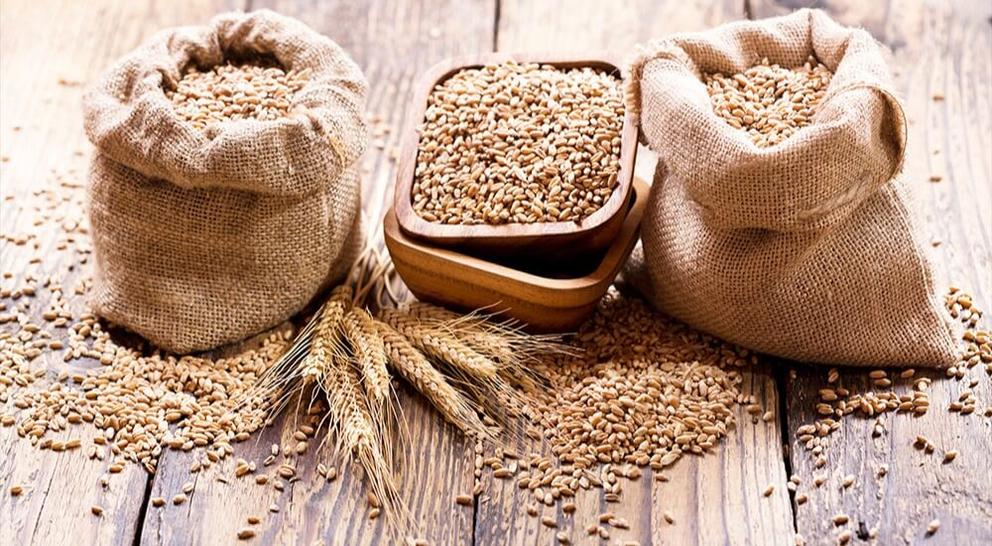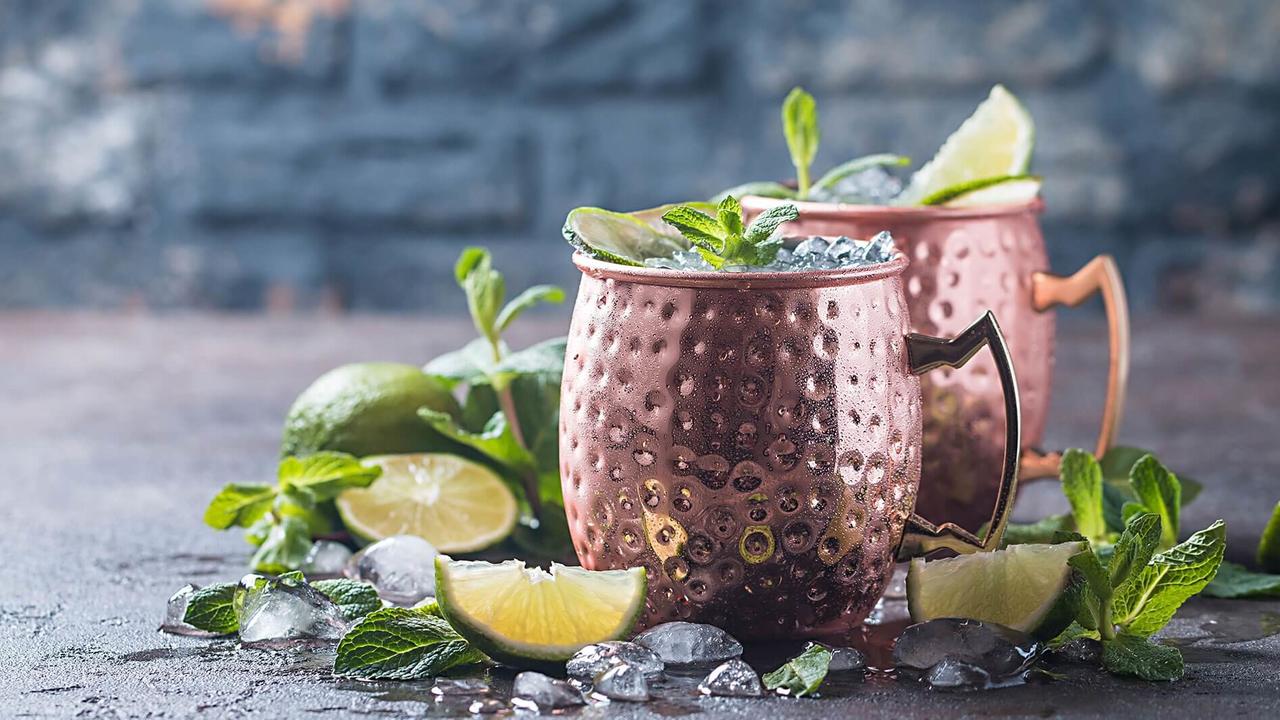Versatile, tasty, and steeped in history, vodka is one of the most popular spirits in existence. Commonly produced through the distillation of either cereal grains such as rye or wheat or fermented potatoes, vodka’s clean taste makes it the alcohol of choice for mixed drink lovers or those who prefer drinking vodka straight up. The purposes of vodka extend from there, with cooks using it in sauces, pie crusts, desserts, and more. With artisanal vodkas hitting the market and more flavors now than ever before, the history, distillation process, and options to choose from are worth exploring before your next night out.
The History of Vodka
Although there is debate among historians over whether vodka originated in Russia or Poland, most evidence points to Russia as the birthplace of vodka as early as the fourth century. Typically distilled at a very high proof resulting in a very strong vodka, this vodka of the time lacked any discernible flavour or scent. Vodka remained the main alcohol of choice in Northern and Eastern Europe, and was commonly used as medicine for a wide variety of ailments. Vodka was also used as a gunpowder ingredient during the Middle Ages. Early classifications of Russian vodka included “hot wine”, “plain wine”, and “boyar wine”, indicating the quality of the drink. Around 1450, Russia began exporting vodka, with Poland following suit a century later. The Napoleonic wars helped to further expand availability of the drink, and lower quality vodka made from potato mash was created to meet the increased demand. After state distilleries began following a standardized distillation process in the 1800’s, the name vodka was finally officially recognized. Following the Russian Revolution, the Bolsheviks seized all private distilleries, thus resulting in the emigration of distillers now out of work. One such distiller settled in Paris and restarted his business, selling Smirnoff vodka.
Types and Variations of Vodka
Not all vodka is the same, and a new drinker may be overwhelmed by the wide variety of choices and types of vodka out there. Besides differences based on country of origin, it can be divided into two types: neutral and flavoured vodka. Neutral vodka is of Russian or Polish origin, with Russia defining its vodka as over 55% ABV. If a person is on the hunt for smooth vodka, or even mixed vodka drinks this is what they should reach for. However, smooth does not mean to imply bland. Russian and Polish vodka is bold, robust, and unapologetic about heat and strength. Polish vodka is categorized as either standard, premium vodka, or deluxe. Flavored vodka has exploded in popularity and the choices are vast and creative. Some of the better-known flavored brands include Limonnaya or lemon vodka and Hunter vodka, which offers coffee and brandy flavors. Fruit flavored vodka is also becoming increasingly popular, and now consumers can choose from cherry vodka, raspberry vodka, and more. These flavored vodkas typically clock in at 40% ABV and can serve as a friendly introduction to a drinker not keen on neutral vodka taste.
Differences in distillation will also alter vodka’s aroma and taste. Different vodkas on the market boast of being distilled 5, 10, 20 times. The more distilled a vodka is, the more pulled back and neutral the flavor is. For those with a Western palate, multiple distillations of rye vodka can help sooth the bold taste. Vodka made from wheat, on the other hand, is lighter in taste and multiple distillations are usually not necessary. The price of vodka will typically go up based on the number of distillations it goes through, so checking for the grain used will be a good indicator of necessary distillations. Furthermore, if vodka is excessively distilled, all flavors and aromas will be stripped away, leaving the drinker with what is essentially pure ethanol. Multiple distillations do not automatically equate to better vodka. Naturally distilled vodka is either made from herbs or fruit, is distilled at around 72% and then aged before it is ready for consumption. After distillation, some vodka can even be “corrected” by adding ingredients such as citric acid, sugar or glycerin to soften the heat or the harshness of the brew.
Recipes based on region also vary. Ukraine, Belarus, and Russia primarily use wheat and rye, while other eastern European countries such as Poland will opt for different grains or potatoes. Many consider the best vodka from Poland to be rye based and very dry with little or no fruit distillates. This rye vodka is often described as bold or even spicy, and can be overwhelming to an inexperienced vodka drinker. Vodka produced from molasses is common in the United States, Australia, Canada, and the Caribbean, and can be described as much softer than its Russian or Polish counterpart. Western European countries such as France and Italy as well as the Balkans will use fruits and fermented grapes as their primary ingredients.
How It’s Made: Distillation

So how is this wonder spirit actually made? As with all liquors, the process begins with distilling the base ingredient, whether it is rye, wheat, potatoes and so on. At the vodka distillery, the ingredient is ground up and mixed with warm water to create a mash. Malt meal is added to the mash to convert the starches into sugar. The mash is then sterilized to prevent the growth of bacteria during the distillation process. This is typically done by heating the mash to its boiling point. Afterwards, bacteria is added so that the mash becomes acidic enough for fermentation. The mash is injected again and then poured into big stainless steel vats where yeast is then added. After sitting for a period of four days, the yeast converts the sugars into ethyl alcohol.
Once the ethyl alcohol is produced, the distillation process can finally begin. The liquid is pumped into stills, vaporization chambers inside tall, stainless steel columns. The mixture constantly moves up and down the vaporization chamber while it is heated with steam so that the vapors released from the steam are condensed and any impurities are removed. The vapors then rise to the still heads, the upper chambers in the columns, where they are then concentrated. Any extracted matter goes back down to the lower chambers and are either thrown away or used as livestock feed. Some brands of vodka undergo this process several times to improve the taste of the liquor, although oftentimes this will result in a higher vodka price, and expensive vodka does not necessarily mean better vodka. Since the resulting spirits are 95-100% alcohol, water is added to dilute the alcohol until the alcohol percentage is 40. The vodka is then ready to be bottled and drank!
Popular Brands Tailored to Your Taste
Thanks to the rapidly expanding spirits market, vodka brands are diverse and plentiful. If a connoisseur is in need of a wheat base, Grey Goose vodka is the de facto choice thanks to its French ingredients and choice of winter instead of summer wheat. Black vodka is the latest in novelty flavors, with brands like Blavod and Eristoff leading the way in terms of quality and taste. Those with a sweet tooth are in luck with the multitude of flavored vodka brands on the market. Companies like Godiva, Van Gogh, and Three Olives produce a positively decadent chocolate vodka. If a recipe calls for vanilla vodka instead, Absolut, Smirnoff, and Stolichnaya are great options. If a splurge is in order, top-shelf options are well worth the cost. At $90, Woody Creek Reserve is a steal for its use of heirloom Polish potatoes. Carbonadi filters its vodka through literal diamonds, making this other $90 bottle a treat and an adventure. Regardless of the options, however, any vodka in a soda is a solid choice.

